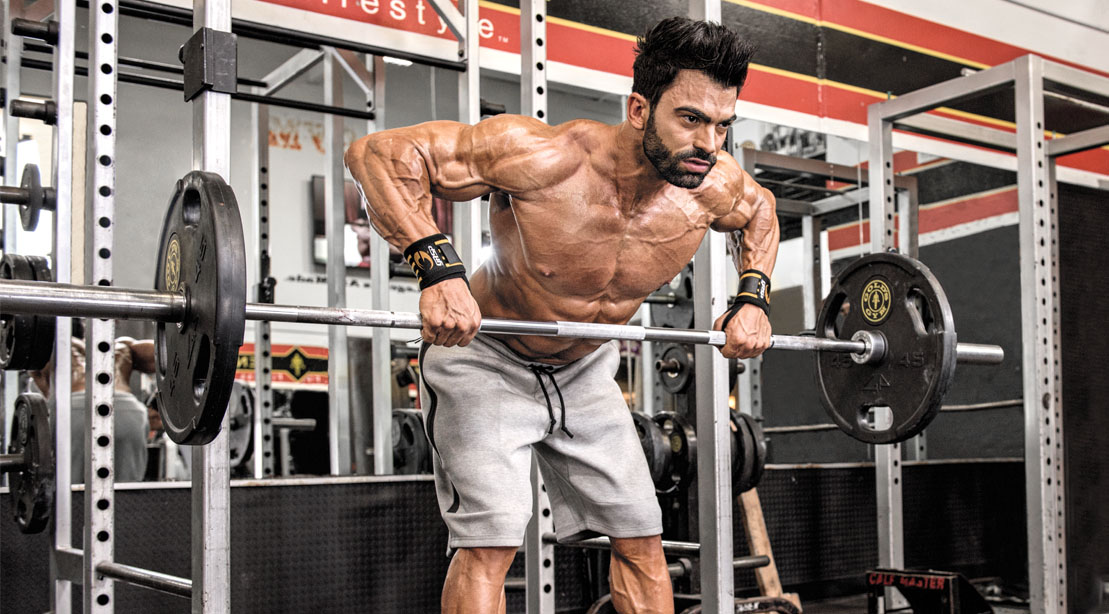28-Days-to-Lean Meal Plan
With the right plan and the right discipline, you can get seriously shredded in just 28 days.
Read article
If you’ve been around the lifting game for a while, you have heard the term, “you need to row to grow.” Rowing, whether a vertical or horizontal pull, helps build a thick upper back, giving you that much-desired wingspan. But vanity is not all the back is good for because a strong and muscular back plays a vital role in and out of the gym.
These roles include:
Regularly adding some variation of rows to your routine will help you look better and perform better, leading to happy and healthier shoulders. Oh yeah, rows also work your biceps hard and heavy.
Regardless of the rowing variation or tool, rows should form the foundation of your strength training routine. But many rowing movements can be tricky to nail down because all the action happens behind your back.
Maybe that’s why some exclusively train the mirror muscles.
There are many moving parts with larger muscles driving it, and because you cannot ‘see’ what’s going on back there, it makes it a challenge to know if you’re doing right or not and where everything should be going. Here we’ll clear up a few common mistakes with the row so you can train in the knowledge that you are rowing right.
There are many rowing variations and body positions; you’ll lift with many tools to complete the job. But there are certain non-negotiable to performing the row, and here they are.
There are slight variances in form within many row variations, but we won’t concern ourselves with that. Here we’ll take a big-picture approach that applies to almost all rowing variations.

Per Bernal / M+F Magazine

Benoit Daoust

Per Bernal

Per Bernal